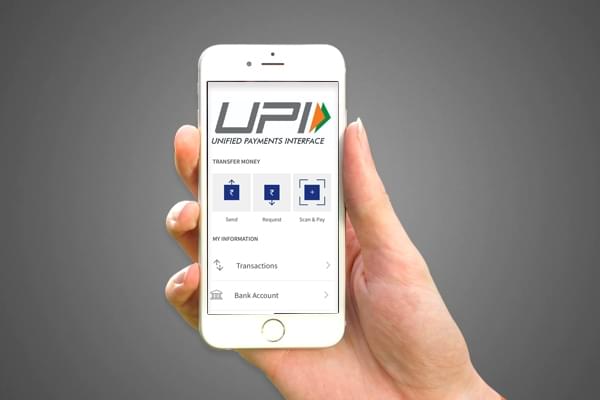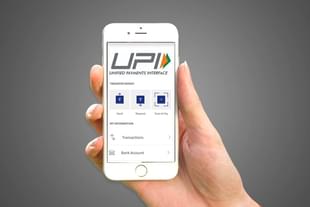Insta
UPI Is Slowly Becoming The Preferred Choice For Small Payments In India
Swarajya Staff
Nov 15, 2017, 02:26 PM | Updated 02:26 PM IST
Save & read from anywhere!
Bookmark stories for easy access on any device or the Swarajya app.


The Unified Payments Interface (UPI) channel has been reported to have grown the fastest among all modes of retail digital payments in October, reports The Indian Express.
According to representative data released by the Reserve Bank of India (RBI), UPI has seen a growth of 149 per cent month-on-month (m-o-m) in terms of the aggregate volume of transactions to 76.77 million and 33 per cent in value terms to Rs 7,027.87 crore.
The chief operating office of National Payments Corporation of India, Dilip Asbe, said in a tweet that BHIM UPI saw five million transactions a day.
BHIM UPI 5 Mn@day yesterday. Most welcome @Paytm @vijayshekhar to BHIM UPI family. With Paytm hope to see next wave of growth & milestone of 10 Mn@day soon. @NandanNilekani @NPCI_BHIM @NPCI_NPCI https://t.co/A3o3WGkFUu
— Dilip Asbe (@dilipasbe) November 8, 2017
The steep rise in the UPI volumes has come about due to e-commerce players such as Uber joining the platform.
The average ticket size of a UPI transaction has been reduced to Rs 915, lower than the corresponding figure of Rs 1,719 for September. Express reports that this is the first time the average value of a UPI transaction has slipped below Rs 1,000, suggesting that the channel is now being used to make payments with relatively smaller ticket sizes.
The data also shows that among other modes of retail payments, wallets and other prepaid payment instruments (PPIs) issued by eight non-banks clocked Rs 3,269 crore, up 18.5 per cent from September, on 96.25 million transactions, up 10 per cent from the previous month.
5m in one day. At this growth rate, BHIM-UPI should overtake all debit card transactions in India by March. Historic! https://t.co/Cvaa61eFuv
— Nandan Nilekani (@NandanNilekani) November 8, 2017
According to the report, the average value of a UPI transaction is typically higher than that of a wallet transaction. This has been attributed to the fact that UPI has so far been limited to peer-to-peer payments, while wallets were used more commonly to make small-value payments to merchants.
Also Read: Forget Cash, Cheques And ATMs; With UPI, Your Mobile Will Be As Good As A Bank




